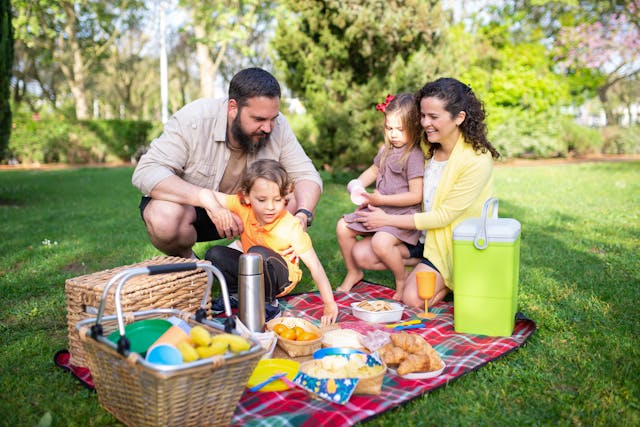RBA governor Philip Lowe has outlined a number of risks to the central bank’s task of returning inflation to target as the monthly consumer price index comes in at a hotter-than-expected 6.8 per cent.
Headline inflation lifted from 6.3 per cent in the year to March to 6.8 per cent in the 12 months through to April.
The head of the Reserve Bank says rents will start to fall when more people form bigger households by bringing in a flatmate or staying at home with their parents.
Dr Lowe said there were two major factors driving prices to eye-watering levels – that people opted for more space during the pandemic, and that the population was booming as borders reopened.
It would take time for new supply to come online to meet the higher demand but that high prices would eventually cause people to “economise on housing”, he added.
“Kids don’t move out of home because the rent is too expensive or you decide to get a flatmate, that’s the price mechanism at work,” he told a Senate estimates hearing on Wednesday.
“We need more people, on average, to live in each dwelling.
“And prices do that”
Dr Lowe said rents were a “very significant issue” as the single largest component of the consumer price index.
“They’re very important and we’re expecting growth in rents and, as measured in the CPI, it’d be kind of around close to 10 per cent.”
Inflation expectations, which refers to the rate at which people expect prices to rise in the future, also pose a risk to the central bank’s task of returning inflation to target.
The governor said this was one reason the central bank board decided to hike interest rates in May after pausing for one month in April.
“There are a whole bunch of reasons we did that, but one of them was to reinforce the idea in the community’s mind that we’re serious about this, that we will do what’s necessary to get inflation to come down,” he said.
He was hopeful inflation would continue to come down over the coming quarter and months
“We really want people to understand that we’re serious about this, that we’ll do what’s necessary, and not to question our commitment to get inflation back down, as painful as that is, we’ve got work to do there,” he said.
Weak productivity growth is also weighing on the governor’s mind.
He explained that without productivity growth, unit labour costs are getting too high.
“Over the last three years, there has been no increase in the average output produced per hour worked in Australia – no increase for three years,” Dr Lowe said.
“It’s a problem for the country and it’s a problem for the inflation outlook as well.”
The governor said unit labour costs were growing at the rate of around 3.5 to four per cent and that made it hard to bring inflation back to around 2.5 per cent.
“And the best solution to this is a lift in productivity growth.”
Dr Lowe said the reasons for weak productivity growth were complex and that the pandemic had a lot to do with it.
“Businesses were in survival mode rather than growth mode and investments slowed down and there were disruptions,” he said.
“That’s now behind us. So perhaps we’ll now see productivity growth pick up.”
The central bank started lifting interest rates last year to tackle high inflation.
Poppy Johnston
(Australian Associated Press)




